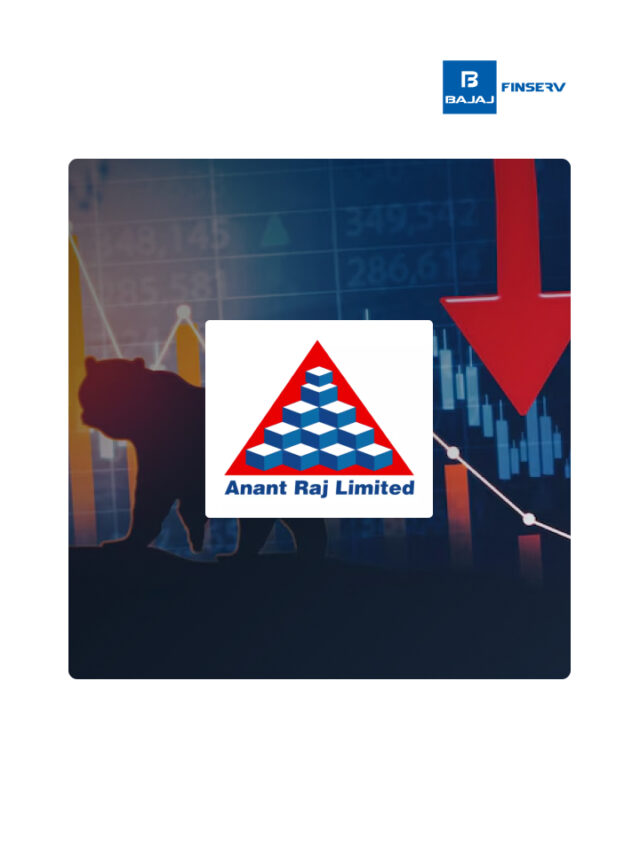The Pros and Cons of Margin Trading
Last Updated on February 2, 2024 by ethinos

The world of investments entails a wide range of strategies and techniques aimed at growing wealth and achieving financial goals. Among these, margin trading has emerged as a popular approach that presents unique opportunities for investors. In this comprehensive guide, we will explore the pros and cons of margin trading, providing valuable insights to assist investors in making informed decisions when considering this trading strategy.
Table of Content [hide]
What is Margin Trading?
Margin trading is a sophisticated financial technique that empowers investors to enhance their purchasing power by borrowing funds from a brokerage firm. Through this mechanism, you can purchase a greater number of securities than they could with their available cash alone. While margin trading opens up new possibilities, it is important to note that it introduces additional risks compared to traditional cash trading. Until recently, India permitted margin trading only with cash, limiting the use of shares as collateral. However, SEBI’s 2018 regulations now allow investors to leverage their position using shares as security. Authorised brokers can offer margin accounts, following SEBI’s guidelines.
The concept of margin trading revolves around the principle of leverage. Leverage enables investors to use borrowed funds to amplify their potential returns, making it an enticing option for those seeking higher profits. However, it is essential to recognise that the same leverage that magnifies profits can also accentuate potential losses, making margin trading a double-edged sword that demands careful consideration.
Also Read: Margin Trade Financing
How Does Margin Trading Work?
If you’re interested in margin trading, you must have a Margin Trading Facility (MTF) account, separate from your Demat Account. To obtain an MTF account, you can approach your broker and submit a request for its opening. Unlike a Demat Account, an MTF account enables you to access funds provided by the broker, empowering you to trade with leverage.
The leverage ratio represents the amount of borrowed funds provided by the broker in proportion to your initial margin. A leverage ratio of 2:1 would mean that for every rupee of the investor’s initial margin, the broker contributes an additional rupee, allowing the investor to control a total of two rupees’ worth of securities.
In margin trading, the borrowed funds act as a loan from the broker to the investor for which the investors must pay interest on the loan amount. Therefore, investors must evaluate the cost of borrowing against the potential profits that margin trading can yield.
The investors engaged in margin trading must also be vigilant and regularly monitor their positions. They must understand that the securities held by them can be significantly impacted by market fluctuations, which can lead to margin calls and the need for additional funds to meet the minimum margin requirement. Failure to meet a margin call may result in the broker liquidating the investor’s positions to cover the outstanding margin debt, potentially causing substantial losses.
Also Read: What is Margin Trading Facility – A Detailed Guide
Advantages of Margin Trading
- Increased Buying Power: Margin trading provides you with an opportunity to access more capital than you may currently possess. This increased buying power allows them to invest in a broader range of securities, potentially maximising their profit potential.
- Leveraged Profits: With the use of leverage, investors can multiply their gains when the market moves in their favour. This feature can lead to significant profits, especially in volatile markets.
- Short-Selling Opportunities: While traditional trading links profits to rise in stock prices, margin trading allows investors to engage in short-selling, thus allowing investors to profit from falling stock prices.
- Access to High-Value Stocks: Margin trading enables investors to invest in high-value stocks that might otherwise be unaffordable with their available cash. This access grants exposure to prominent companies and potential market leaders.
- Increased Potential for Returns: The ability to amplify gains through leverage can lead to higher returns compared to conventional trading methods.
Disadvantages of Margin Trading
- Increased Risk: The most apparent disadvantage of margin trading is the higher risk involved. While leverage can magnify profits, it also amplifies losses. If the market moves against your positions, losses could exceed the initial investment.
- Interest Payments: Borrowing funds for margin trading incurs interest charges on the borrowed amount. High-interest rates can eat into profits, especially if trades do not yield expected returns.
- Margin Calls: A margin call is a risk-management mechanism that happens when the value of an account falls below a certain level. The broker, thus, demands you to deposit additional funds to meet the minimum margin requirement. If the investor fails to meet a margin call, it may lead to forced liquidation of positions and substantial losses.
- Overtrading and Addiction: Margin trading may entice some investors to overtrade or become addicted to the adrenaline rush of high-risk trading. This behaviour can lead to poor financial decisions and substantial losses.
- Market Volatility: Margin trading is more susceptible to market volatility, which can lead to significant losses in a short period.
Have a look at: Risk Management in Margin Trading
Pros and Cons of Margin Trading: The Balance Sheet
In summary, margin trading presents a balance sheet of pros and cons for you to consider. On the positive side, margin trading offers increased buying power, leveraged profit potential, and short-selling opportunities. However, it comes with increased risk exposure, interest payments, potential margin calls, emotional stress, and susceptibility to market volatility.
SEBI’s Margin Trading Regulations
Periodically, SEBI pre-defines the eligible securities that can be traded under an MTF account. Having an MTF account enhances your buying power, potentially leading to higher gains as you can invest in a more extensive range of securities. Until recently, India permitted margin trading only with cash, limiting the use of shares as collateral. However, SEBI’s 2018 regulations now allow investors to leverage their position using shares as security. Authorised brokers can offer margin accounts, following SEBI’s guidelines.
Additional Read: Margin Trading Tips & Strategies for Beginners
Conclusion:
Margin trading can be a powerful tool for experienced and well-informed investors, offering the potential for higher returns. However, it comes with risks that should not be underestimated. Apart from knowing the margin trading pros and cons, it is equally important to carefully assess your risk tolerance, financial capacity, and investment goals.
Remember, knowledge and discipline are crucial to success in any trading strategy. Stay informed, keep learning, and consider seeking guidance from financial advisors to make prudent decisions.










